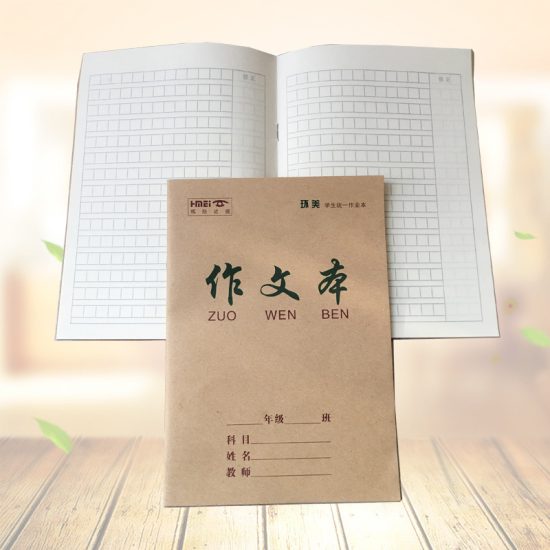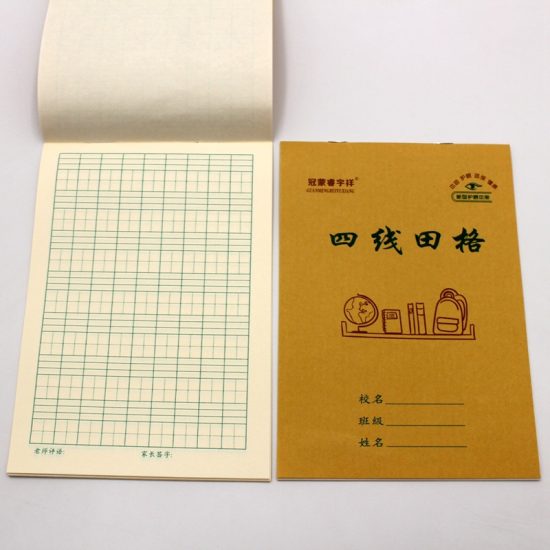Mastering bullet journaling can be a rewarding and personalized way to organize your life, track goals, and boost productivity. Here’s a comprehensive guide to help you get started and excel at bullet journaling:
- Understand the Basics:
- Learn the core components of a bullet journal: rapid logging, collections, and migration.
- Rapid logging involves using bullet points to signify tasks, events, and notes.
- Collections are themed pages for tracking specific topics, such as habit trackers, monthly calendars, or goal lists.
- Migration is the process of reviewing unfinished tasks and transferring them to a new day or month.
- Choose Your Supplies:
- Select a journal or notebook with dot grid or blank pages, which offer flexibility for layouts and designs.
- Consider using high-quality pens, markers, and highlighters that won’t bleed through the pages.
- Explore different tools like stencils, washi tapes, and stickers to add visual elements to your bullet journal.
- Set Up Key Pages:
- Start with an index page to keep track of content and page numbers for easy reference.
- Create a future log to note down upcoming events and important dates for the year ahead.
- Set up a monthly log to outline tasks, events, and goals for each month.
- Include a weekly log to plan and track tasks on a more detailed level.
- Customize Your Layouts:
- Experiment with different layouts that suit your needs. Common layouts include vertical, horizontal, or daily logs.
- Incorporate headers, dividers, and bullet symbols to categorize and prioritize tasks.
- Use color coding to differentiate between task types, categories, or urgency levels.
- Track Goals and Habits:
- Create habit trackers to monitor and establish new habits. Use a grid format to visually track progress over time.
- Set and track goals using dedicated pages or collections. Break them down into actionable steps and monitor your progress.
- Incorporate Collections:
- Design collections for various purposes like books to read, movies to watch, meal planning, travel itineraries, or gratitude lists.
- Include pages for brainstorming, mind mapping, or reflection to encourage creativity and personal development.
- Practice Time Management:
- Utilize time-blocking techniques to allocate specific time slots for tasks, appointments, and activities.
- Use migration regularly to review and reassess tasks, moving unfinished items to new time periods.
- Reflect and Review:
- Schedule regular moments for reflection and review. Assess your accomplishments, challenges, and areas for improvement.
- Make adjustments to your layouts, systems, or collections based on what works best for you.
- Embrace Creativity:
- Experiment with different lettering styles, doodles, and artwork to make your bullet journal visually appealing.
- Include inspirational quotes, meaningful photos, or personal mementos to make your journal unique and reflective of your personality.
- Be Flexible and Evolve:
- Don’t be afraid to adapt your bullet journal as you go. Tailor it to your changing needs and preferences.
- Embrace trial and error to find the techniques and layouts that work best for you.
Remember, bullet journaling is a flexible system, so feel free to customize it according to your preferences and needs. The key is to create a system that supports your organization, productivity, and personal growth. Have fun and enjoy the process of mastering your bullet journal!


